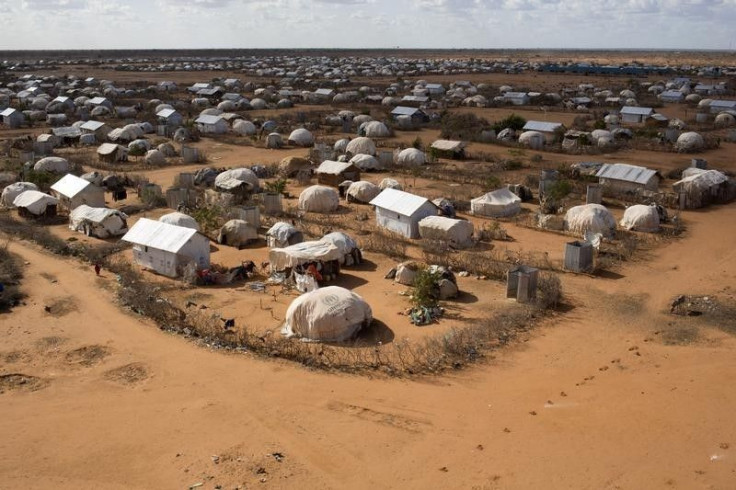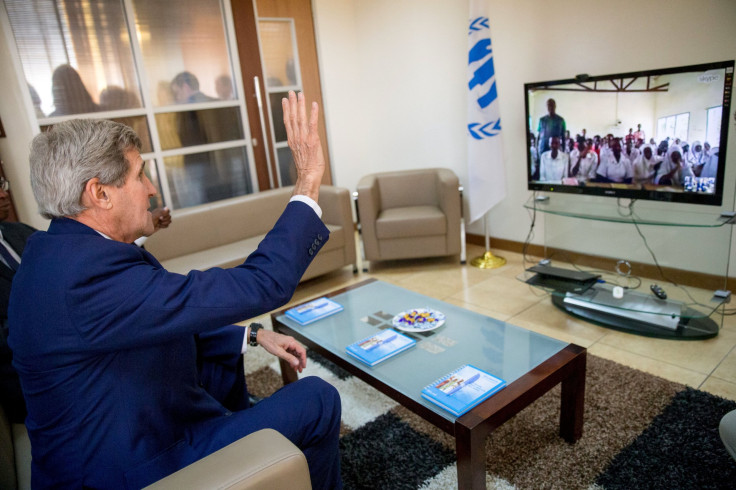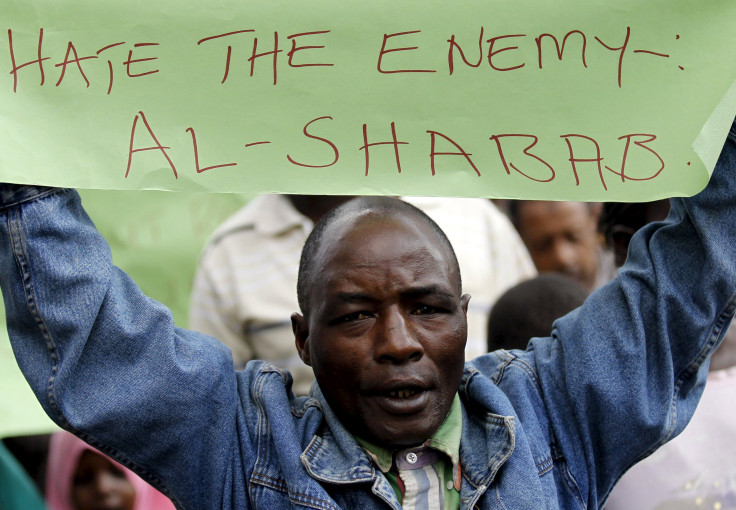Kenya Retracts Plans To Close Dadaab, World’s Largest Refugee Camp, After International Pressure

The Kenyan government has backtracked on plans to close down Dadaab, the world’s largest refugee camp, after intense pressure from the international community.
After the Somali terrorist group al Shabab launched an attack on Kenya’s Garissa University that killed 148 people last month, Kenyan authorities pledged to shut the camp down, fearing that it had become an asset for al-Shabab militants getting into the country.
Dadaab, which sits just 50 miles (80km) from Somalia’s border, was set up by the United Nations in 1991 to harbor Somalis fleeing violence and famine in their home country. The complex currently holds roughly 350,000 people and is unofficially the third-largest city in Kenya, according to the country’s Department of Refugee Affairs.
Kenya’s authorities initially pledged to send thousands of Somali refugees home after al-Shabab killed 148 people at Kenya’s Garissa University last month, threatening to relocate them if the United Nations didn’t step in.
However, after meeting with U.S. Secretary of State John Kerry and the United Nations High Commission for Refugees this week, Kenyan President Uhuru Kenyatta said the government would not go through with the forced repatriations. “Kenya has been, and will continue, fulfilling its international obligations,” he said in an official statement cited in a New York Times report.

The attack in Garissa was al-Shabab’s deadliest since militants killed 67 people at Nairobi’s Westgate mall in 2013. Even though authorities later determined the attackers were Kenyan citizens, that attack sparked a wave of tensions between Kenyans and Somali immigrants, who make up roughly 6 percent of Kenya’s population and have long faced mistrust from citizens, as the Christian Science Monitor reported. The anti-Somali sentiment has only increased since the latest attacks.
“The way America changed after 9/11 is the way Kenya will change after Garissa,” Kenyan Deputy President William Ruto said in an official statement soon after the attack. The plan to send the refugees back was one of many proposed changes, including plans to build a “security wall” between the two countries. Ruto’s plans were quickly and heavily criticized by the international community.

“Such a drastic measure in an impossibly short timeframe would deprive generations of refugees of any choices for their future,” Charles Gaudry, Doctors Without Borders (MSF) head in Kenya, said in a statement following the news.
A spokesperson for the U.N.'s refugee agency told reporters in Geneva that moving the residents “would have extreme humanitarian and practical consequences,” and “could be in breach of international law.”
Moreover, it would be more difficult than usual given the heightened tensions between Kenya and Somalia in recent weeks.
“Security in Dadaab and along the border with Somalia is volatile, with frequent incidents, some with implications for the safety of humanitarian workers,” the humanitarian aid arm of the European Union (ECHO) noted in a recent report.
ECHO has spent more than 10 million euro ($11.3 million USD) on refugee aid in Kenya, most of which will go to Dadaab and another camp called Kakuma, which houses refugees from South Sudan. During his visit to Kenya this week, U.S. Secretary of State John Kerry promised $45 million in aid to help support the camp and keep workers safe.
© Copyright IBTimes 2024. All rights reserved.






















